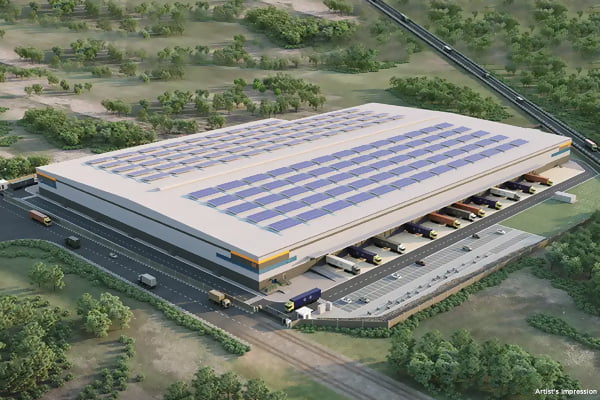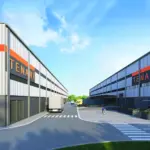Warehouse layout optimization can greatly streamline your workflow, leading to faster shipping times. However, neglecting to utilise the available space effectively might just negatively impact your supply chain, workflow, and, consecutively, the most consequential of them all, the delivery times.
Whether you’re set to manage a new warehouse or are revamping an existing one as an owner, there will be occasions when redesigning the layout becomes essential for enhanced productivity. While there’s no one-size-fits-all solution for stockpiling, you can employ some valuable tips to elevate your warehouse‘s efficiency and maximise revenue potential.
Table of Contents
ToggleWhat to consider before redesigning the existing layout?
Initiating a new warehouse design or redesigning the layout is significant, and having a well-thought-out game plan is crucial. Although it might seem daunting to decide where to begin, following four distinct steps can make the process more manageable.
1. To start, create a map or plan for your warehouse, either by referring to the existing layout or designing a new one from scratch. 2.
2. Let the available space in your store dictate the layout. Consider storage, workflow areas, and equipment utilisation. Determining your final location upfront will allow you to determine the storage capacity needed for each of your products.
3. Equipping your operation with the right tools is vital, regardless of your warehouse’s purpose. While various equipment types are available, don’t let space limitations hinder your choices. Different products may require specific handling equipment, affecting aisle separation; keep in mind that a forklift will require more space than a pallet jack.
4. Before finalising your warehouse design, you will want to take your freedom and experiment with it. The best way to go about it is by measuring the proposed structure, setting the perimeter, and then making necessary adjustments on the go.
Three Types of Warehouse Designs for Increased Warehouse Efficiency
1. U-shaped Design:
Ideal for large warehouses, the U-shaped structure features a simple design that can be replicated effectively for any type of Industrial Warehousing Services. It’s a semi-circle shape that resembles a “U”, hence the name.
2. I-shaped Design:
Also known as the flow design, the I-shaped structure suits high-volume warehouses. It follows the “I” form, with loading and unloading areas at the ends and storage space in the middle.
3. L-shaped Design:
The L-shaped warehouse design organises traffic flow in the shape of an “L.” It positions the loading and receiving areas on one side of the building and the shipping and picking areas on the opposite side.
Note: The warehouse’s loading and unloading areas can either be integrated into the building or kept entirely separate from it.
Conclusion
Your warehouse design and layout needs may vary, but ensuring you have the right equipment and the most efficient structure is vital. Before you dive head-first into restructuring your warehouse, make sure to analyse your current warehouse properly to identify the inefficiencies that need to be addressed. And then, taking the above-mentioned designs as a baseline, you can effectively start your warehouse layout optimization journey.
But do make sure that this time you’ve set aside space for future growth.
















